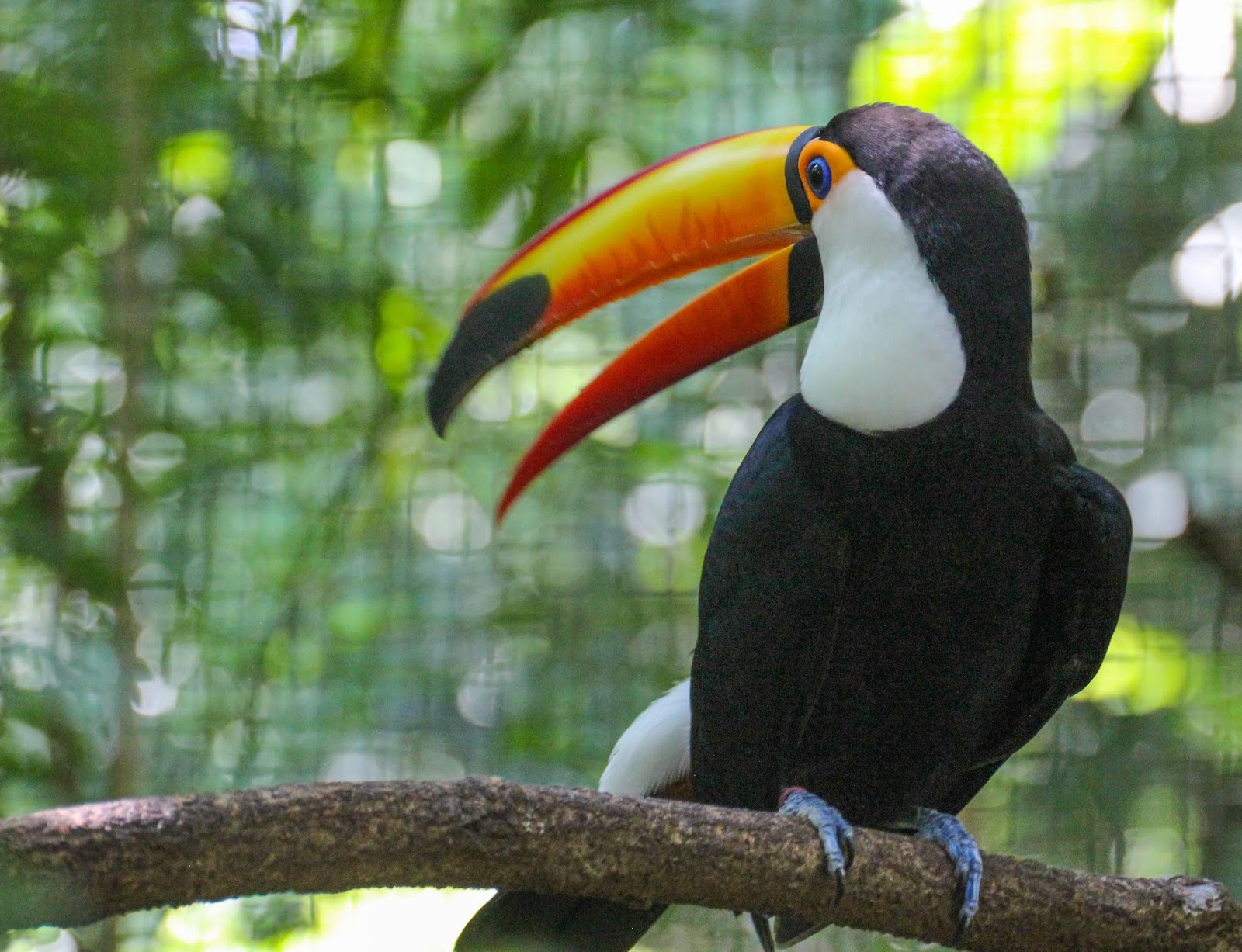


Often depicted in South American art (Berger and Brooks 2004).īreed September to February in most areas December to June from Bolivia to western Argentina, and May to June in northeastern Brazil.

Uses strong bill and head to pull, twist, and maneuver through canopy. Young and juveniles: tree-climbing snakes, tayara ( Eira barbara), or primates (Marise Horta, personal communication, 2019 José Ragusa-Netto, personal communication, 2019).Īgile in trees and on the ground. Feeds in canopy also on the ground, when taking fallen fruit (Short and Horne 2001 Short and Sharpe 2014 José Ragusa-Netto, personal communication, 2019).Īdults: probably birds of prey (hawks and falcons e.g., Black Hawk-eagle, Spizaetus tyrannus). May rattle tongue, peck, or grasp with bill tip, if close enough to opponent (Short and Horne 2001).įruits, flowers, insects, spiders, eggs and nestling birds as well as small vertebrates (e.g., small lizards). Look at other toucans or human by turning head facing opponent straight-on seems to signal aggression (Short and Horne 2001). Young make ehh-ehh call (Short and Horne 2001 Short and Sharpe 2014). May also use tongue inside closed bill, call while holding fruit, or hit bill on branch. Other calls described as grating, soft, rattling, “snoring,” and clacking. Mated birds also tap bills frequently and preen each other (allopreening) (Short and Horne 2001 Fecchio et al. Bill tapping observed, possibly to assert social dominance. Often perch in treetops (Short and Horne 2001). Typically forage in pairs or small groups, moving single-file (Short and Sharpe 2014) may also forage singly. Cross rivers and large open areas (Short and Sharpe 2014). Young taken for pet trade (Short and Sharpe 2014).ĭo not migrate, but family groups and pairs range widely in search of fruit-abundant habitat patches. Considered rare in Peru (Short and Sharpe 2014).

Population trend: decreasing (BirdLife International 2017). Least Concern (2016 assessment) (BirdLife International 2017) Sea level to 1,750 m (5,740 ft) (Short and Horne 2001 Short and Sharpe 2014 José Ragusa-Netto, personal communication, 2019). Also, plantations, orchards, occasionally urban and suburban gardens. Riverine forests, forest edges, patches of forest, palm stands in inland savannas, and mainly Cerrado vegetation (Brazilian savanna). Amazon River southward to southern Brazil and northern Argentina (Berger and Brooks 2004). Juvenile coloration more pale, with white around eye (Short and Sharpe 2014).
TOCO TOUCAN SKIN
Facial skin orange, with purple around eye. Breastband red and thin (less pronounced in R. Bill red-orange with black at base and tip. *Note: Two subspecies tentatively recognized (based on geographical differences in appearance). Subspecies: Ramphastos toco albogularis (Cabanis, 1862) Subspecies*: Ramphastos toco toco (Müller, 1776) Species: Ramphastos toco (Müller, 1776) - Toco Toucan Genus: Ramphastos (Linnaeus, 1758) - toucans Image credit: © San Diego Zoo Wildlife Alliance.


 0 kommentar(er)
0 kommentar(er)
